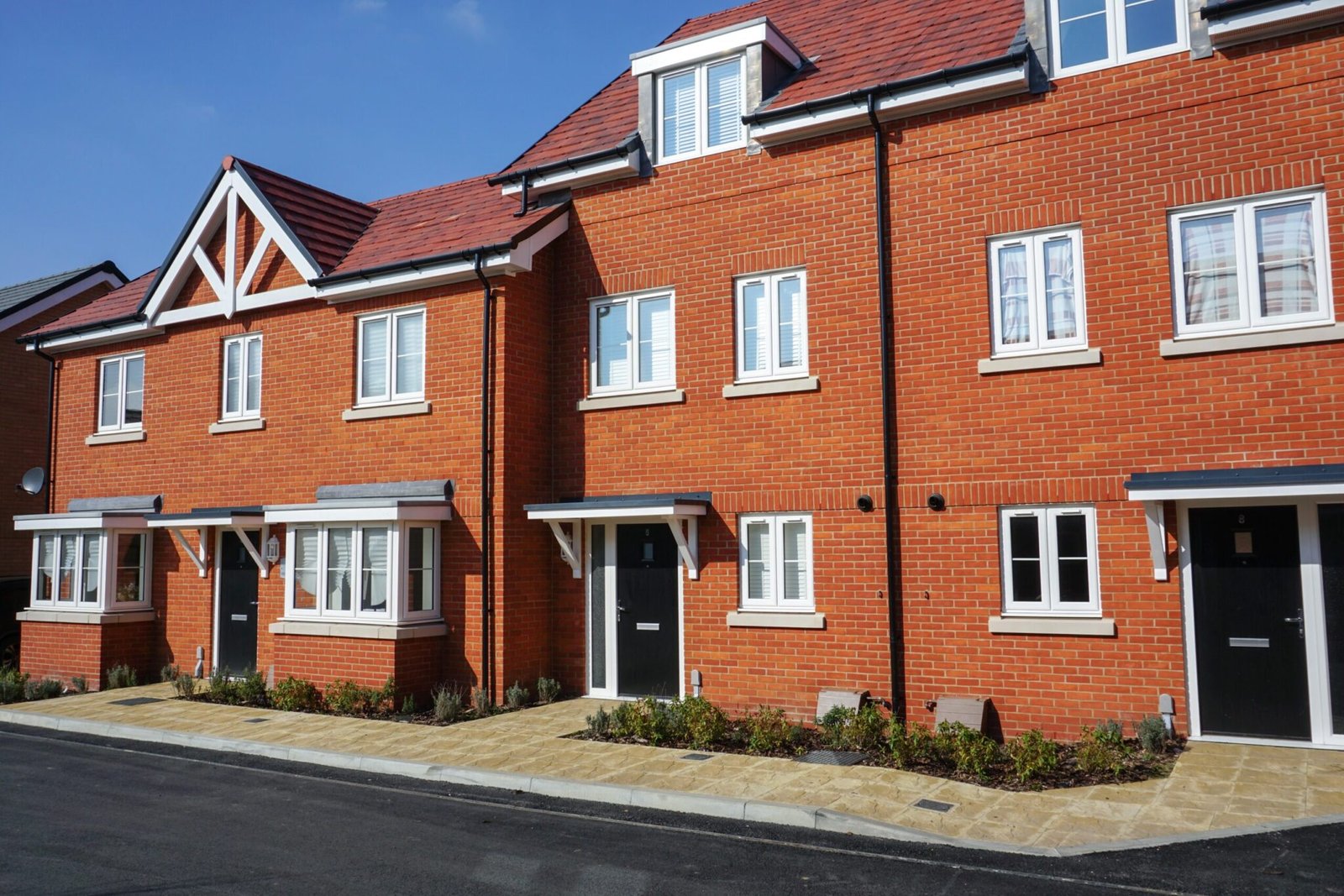Are you embarking on a house viewing? It’s crucial to approach this task with a discerning eye, as there are numerous factors to consider. The process can be overwhelming, and it’s easy to overlook potential issues that may arise later on. To help you navigate this endeavour, we’ve provided us with a comprehensive guide on what to look out for during a house viewing, whether you’re renting or buying.
One of the primary concerns, is the presence of damp and mold, being vigilant for signs such as fuzzy paint peeling off the walls. Additionally, be cautions against homes that have only recently been painted in the bathroom, as this could be an attempt to conceal underlying damp and mold issues. It’s also essential to inspect lower ground rooms and exterior walls for any indications of this problem.
Another aspect to consider is the condition of the walls and ceilings. Look out for flaky plaster, as this could be a sign of underlying structural issues that may require attention.
Storage space is another crucial factor to evaluate. Take note of whether there is ample room to store your belongings, such as a vacuum cleaner, tall brushes, shoes, and coats. In particular, pay attention to the bedrooms and determine if there are built-in cupboards or if you’ll need to purchase additional storage solutions.
Consider the orientation of the house and the direction it faces. Additionally, keep in mind that certain rooms may naturally be warmer or colder than others, which could influence their intended use.
Be mindful of an excessive number of candles in the property. While this may be innocuous, it could potentially be an attempt to mask underlying issues.
Inspect the windows for any signs of draughts or difficulties in opening them. Additionally, assess the energy efficiency of the property, as this can have long-term implications for your utility bills.
Take note of the location of power points, particularly if you work from home. Older homes may have fewer power points, which could impact your ability to set up your workspace effectively.
Check the phone reception within the property. It can be surprising to discover poor reception in built-up areas. Research the phone signal strength for different providers in the area and be aware that certain rooms within the property may have better reception than others.
Consider the soundproofing, especially if you’re viewing a flat. Assess whether the property adequately blocks out external noise to ensure a peaceful living environment.
To gain a comprehensive understanding of the area, visit the property at different times of the day. This will allow you to assess factors such as safety, nearby transportation options, and noise levels from neighbours.
Engage in conversation with the neighbours. If possible, muster the courage to approach a neighbour and inquire about the neighbourhood’s characteristics. In the case of a flat, it’s also beneficial to inquire about the management of the building.
Evaluate the parking situation. Examine the available parking options at the property or nearby, and consider any associated costs if permits are required.
Conduct thorough research in advance to avoid wasting time on properties that don’t meet your needs. Utilise tools such as Google Maps to assess nearby public transportation options and the proximity to essential amenities. Virtual viewings can also provide an initial impression of a property.
By following these guidelines and being diligent during your house viewing, you can ensure that you make an informed decision and find a home that meets your requirements and preferences.


